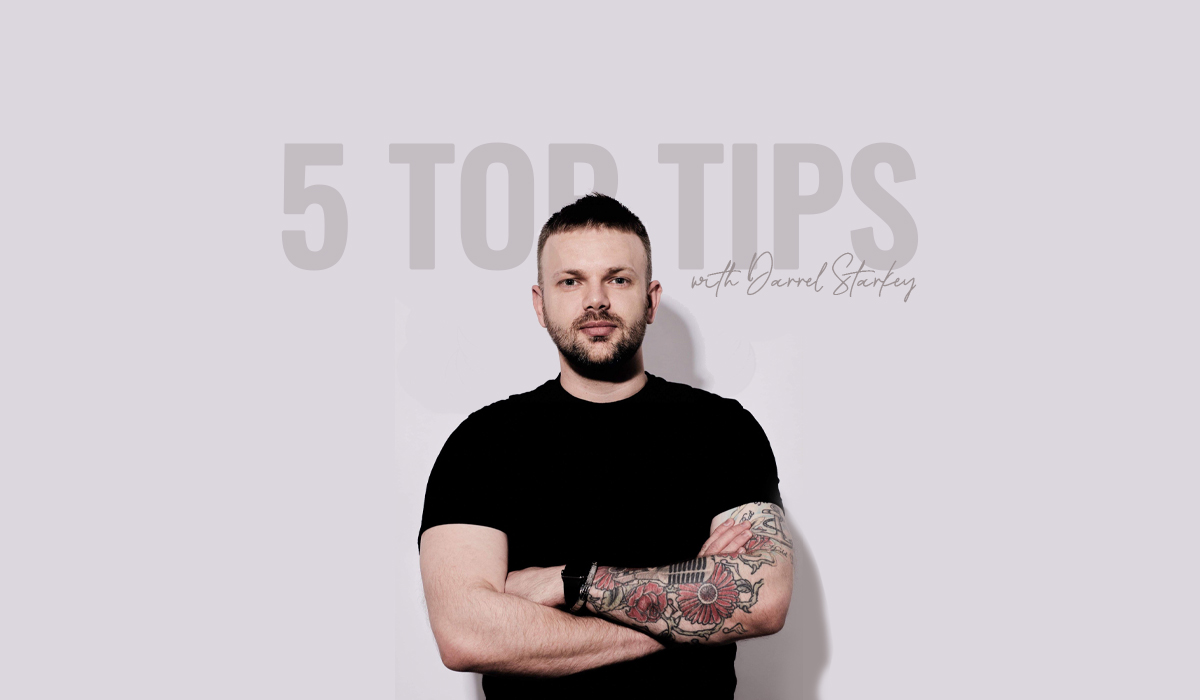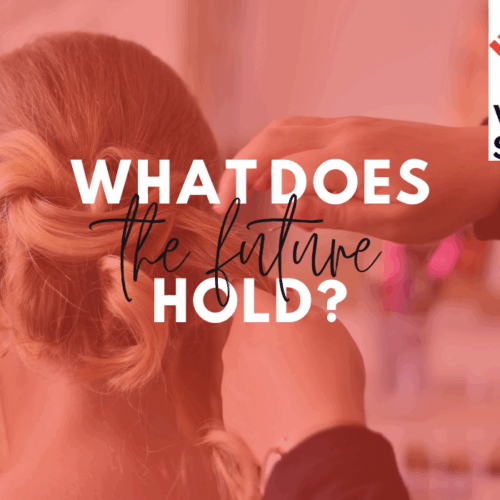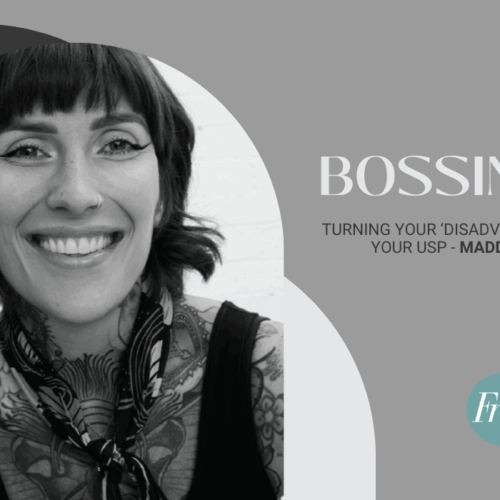I like to see myself as an all-rounder when it comes to my skills and services. From the very beginning I made it my goal to learn all areas of hairdressing inside and out. From developing and enhancing my skills as a stylist and colourist to offering a full range of services for my clients.
Afro hair is a service which is very much spoken about, but not a service that many hairstylists actually offer. As it is seen as much more complex and seriously technical, this form of styling is not on the radar of many. In today’s world however, Afro styling should be offered by all salons; it is a great way to expand into a new market, add to your skills and develop your overall knowledge within the industry.
Tip 1: Beware of Breakage
In terms of growth, Afro hair is similar to most other hair types and grows on average around six inches per year. However, due to its structure, Afro hair is so much more delicate and prone to breakage, with each curl or coil presenting a potential point for breakage to occur. The curly structure of Afro hair also means that the sebum produced by the scalp cannot reach the hair ends, leaving them dry, brittle and vulnerable to snapping off. As a result, using heat can heavily impact the hair, so do bare this in mind.
Tip 2: Moisturising is Key
This is definitely one of the most important parts of Afro hair. Moisturising the hair is essential to keeping it in prime condition and as healthy as possible. Lack of moisture results in breakage, so the more nutrients that the hair obtains, the better! Start with a liquid, water-based product – I find that sprays are much easier and work better for the hair. Then seal your moisture in with an oil, something containing olive oil, coconut oil or castor oil is fantastic. Finally, finish with a cream – water based ideally – and leave this in as a conditioner.
Tip 3: Put a Focus on Protective Styling
Protective styling is super important when it comes to textured hair as it limits the exposure to damage, as well as protecting from further breakage. Before going ahead with styles, it’s important to make sure the hair is in good condition, as this means it can withstand without having any tension. My favourite styles to focus on are box braids, knotless box braids, plaited up-do’s or cornrows.
Tip 4: Take the Time to Learn and Find Out All About Relaxing Hair:
The relaxing service is something that is often requested in salons. It is a complex process that requires in-depth education and continuous refreshing. Be sure to do your research and speak to your educator on how to best execute this service. No question is too simple or silly; ask as much as you can – and practise as much as you can – to improve your knowledge and skills.
Tip 5: Build your Retail Knowledge
When it comes to textured hair, having retail knowledge is very important. To deal with this in the correct way, be sure to bank all the information you can learn; noting what works and what doesn’t work for Afro hair. As there are such varieties available, you must learn to understand how to work with an extensive range of different hair types.





